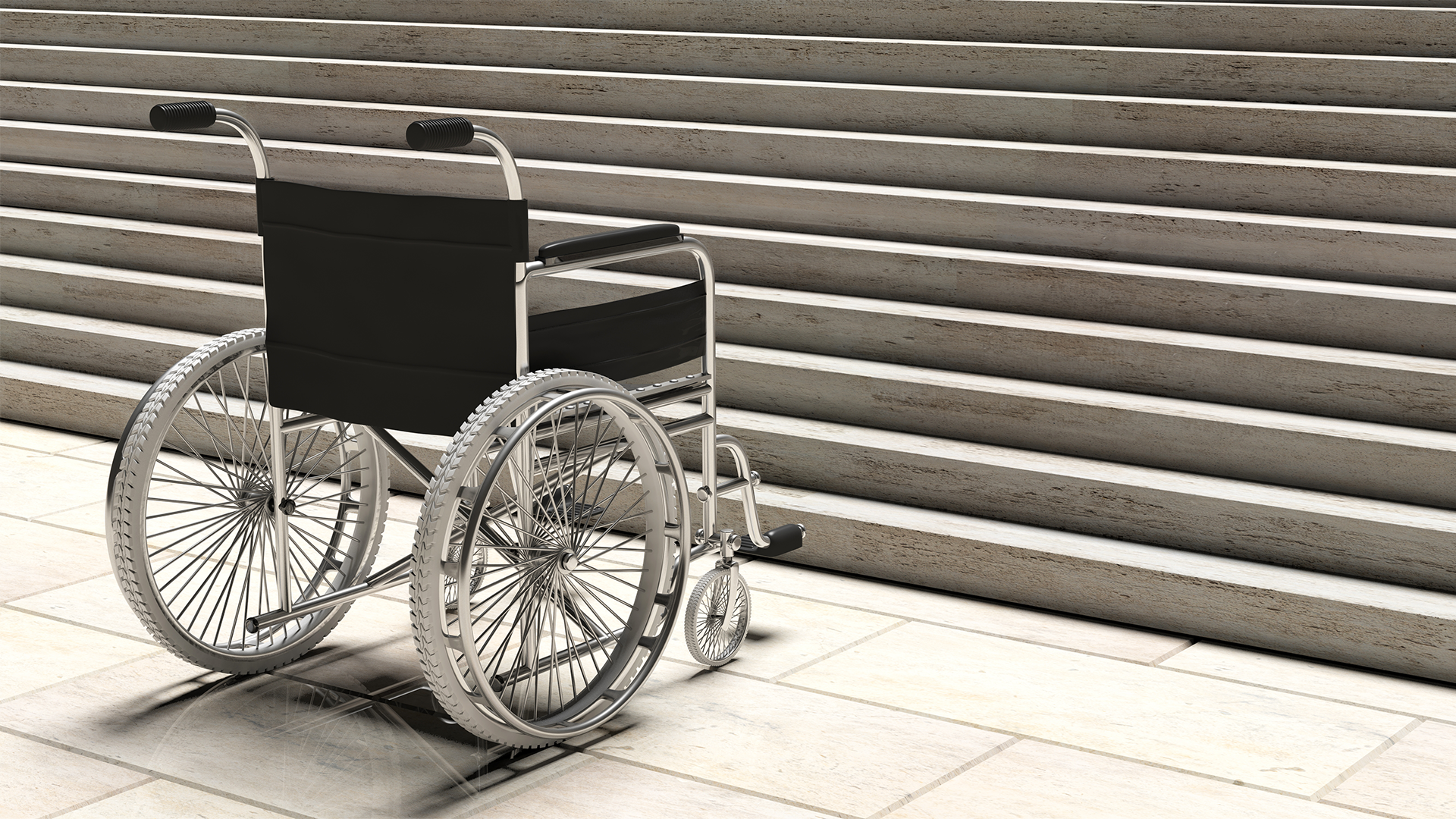How's The ADA Working?
By Paige Tortorelli
CHICAGO (CBS) -- The Americans with Disabilities Act (ADA) ensures people with disabilities have the same rights and opportunities as everyone else since it became law in 1990. Although it requires public buildings to be ADA compliant, nearly 30 years later, many facilities still lack handrails for balance and wide doors for wheelchair accessibility.

RELATED: Hush-Hush Alternative To The Lines At Illinois Driver Services Offices; Why Doesn't The State Advertise Mobile Units? | Why Doesn't Illinois Advertise Mobile Units For Driver Services? We Ask The Secretary Of State's Disability Liaison
According to the law, state and local government facilities constructed prior to 1990 only need to guarantee "program access." Program access means only the program or service offered needs to be accessible – the building does not. For example, if a school provides a class in an inaccessible building, they must also offer an equivalent course in an ADA compliant facility.
"The program access requirement ensures that all programs, services, and activities of a public entity – when viewed as a whole – are accessible to people with disabilities," said Rachel Weisberg, an attorney at Equip for Equality.
Private businesses must take steps to ensure no barriers to accessing goods and services exist in their facilities. Ambiguous wording like "reasonable accommodation" makes compliance somewhat open to interpretation. As a result, hindrances like narrow doorways and cracking sidewalks create unintended barriers for people with disabilities.
Furthermore, with more businesses and programs becoming digitized – from online shopping websites to food delivery mobile applications – disability advocates want technology services to have the same ADA compliance standards as physical buildings.
Title III of the ADA prohibits discrimination against the disabled in places of public accommodation. For a website to be fully accessible, the content must be coded so screen-reading software can convert the text into an audio reading.
A recent lawsuit was brought against the pizza delivery chain Domino's after a blind consumer was unable to order food off its website and mobile app using screen-reading software. The 9th U.S. Circuit Court of Appeals sided with the consumer ruling that Domino's website denied the consumer access to public goods and services.
While this case was a victory for disability advocates, not all scenarios pan out similarly. Whereas the ADA's laws regarding building requirements are clearer-cut, websites and mobile apps do not have concrete, enforceable accessibility regulations yet.
"ADA has become synonymous with disability, but many people do not know the particulars," said Peter Berg, a project coordinator at the Great Lakes ADA Center.
Since most changes and modifications to the law are complaint-driven, it is important people with disabilities understand and advocate for their rights, Berg said.



